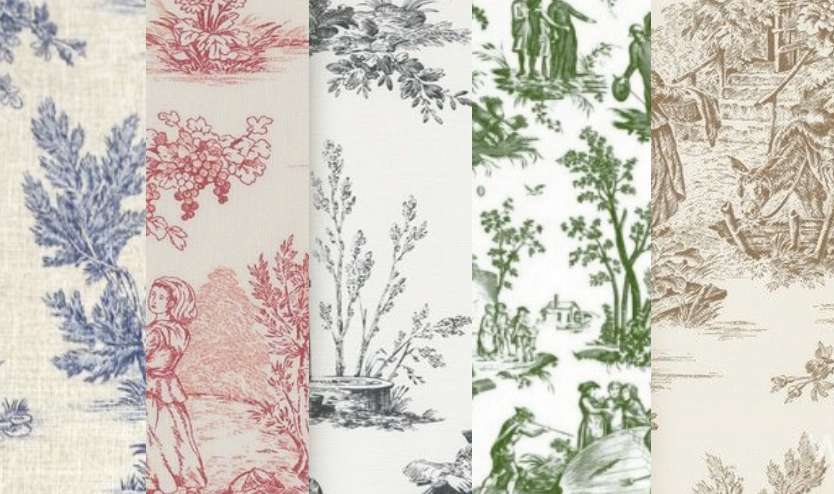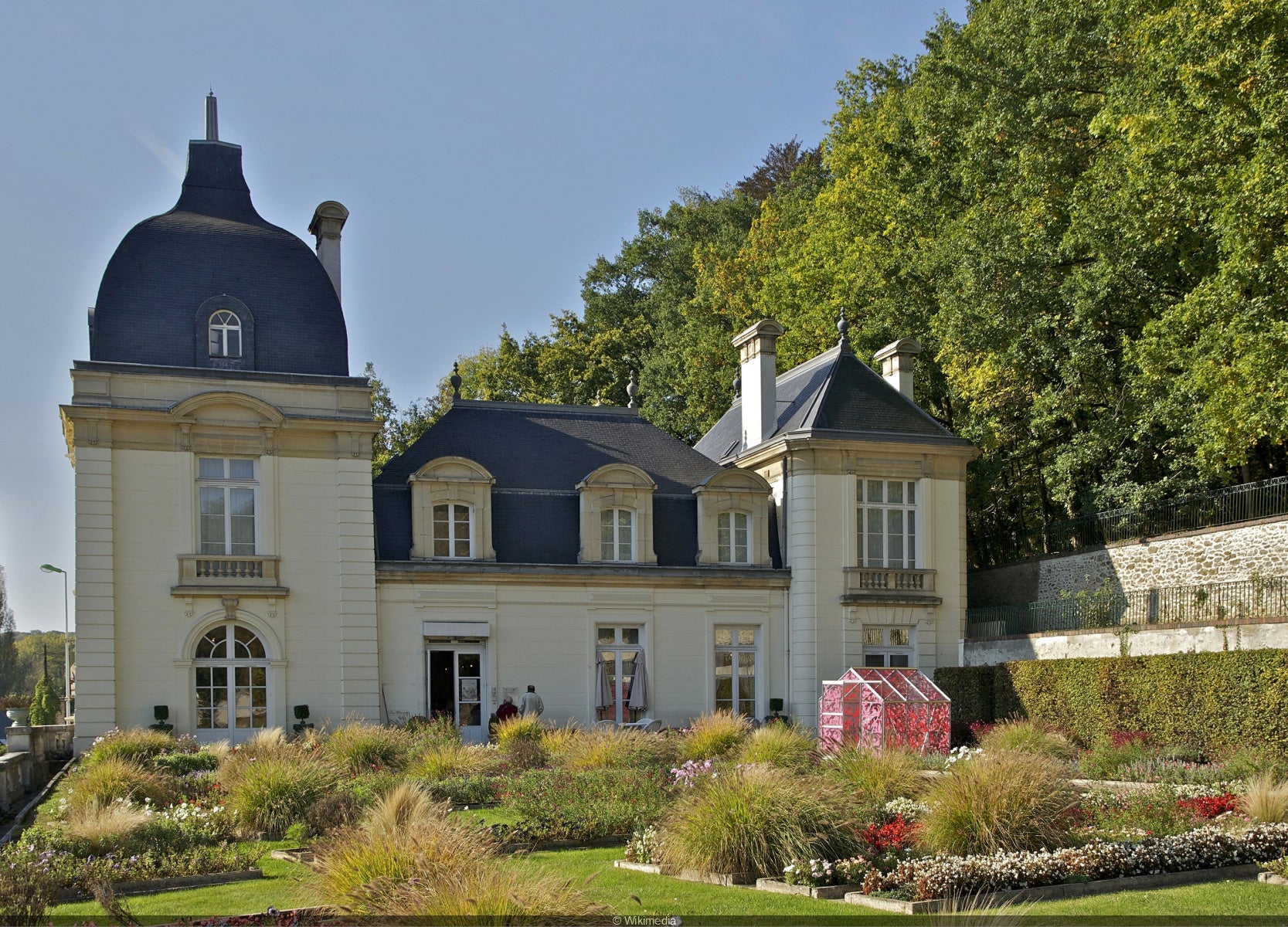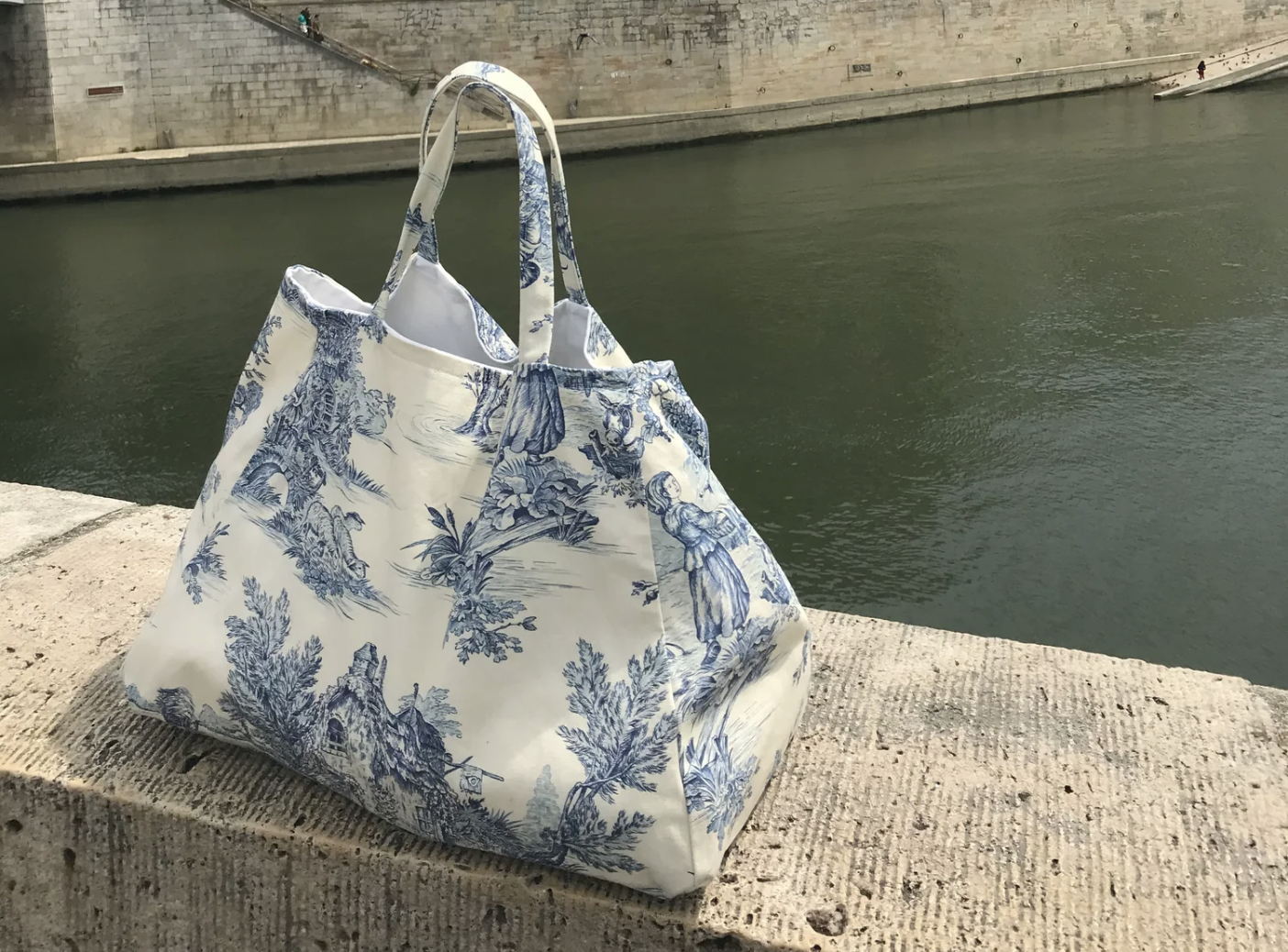
The story of the Jouy fabric
The Jouy fabric: an essential chapter in French textiles
Imagine a world where fabrics told stories, where each pattern whispered a secret. Since its creation in the 18th century, the Jouy fabric has embodied elegance and refinement, inviting us on an enchanting journey where savoir-faire and history meet in a symphony of colors and textures. This fabric, characterized by its fine, delicate patterns, has stood the test of time while retaining its timeless charm.
Origins and history
The Jouy fabric is a finely printed cotton fabric characterized by elaborate motifs and scenes of pastoral or mythological scenes, florals, hunting, love or the countryside. It is available in a palette of colors ranging from blue to red, green to pink, and black to creamy white. Hand-woven with tireless passion and precision, these motifs have become ambassadors of the French refinement, adorning the most prestigious homes with their elegant sophistication since 1760.

The Jouy fabric takes its name from the town of Jouy-en-Josas, near Paris. Its invention is attributed to Christophe-Philippe Oberkampf, a French craftsman and industrialist of German origin. In 1760, Oberkampf founded the Manufacture de Jouy, which quickly became a production center renowned for its printed fabrics.
Making and printing
In the past, the art of the Jouy fabric was a long and complex process. Craftsmen carved patterns into wooden plates, which were then used to print ink onto fabrics. The fabrics were then dyed and beaten to reveal their natural lustre and remove all traces of primer.
Over time, printing evolved into a framed technique, allowing multiple layers of ink to be applied and adding new depth to the designs. It was Christophe-Philippe Oberkampf, a key figure in the history of the Jouy Fabric, who revolutionized the process by replacing the frame with a system of engraved copper rollers, enabling continuous printing.
Today, printing techniques have evolved considerably. To reproduce the essence of the canvas, silkscreen and digital printing are the preferred choices. The choice between these two techniques will depend on the complexity of the motif, its colors and the specific requirements of the final product.
Apogee and influence
During the 18th and 19th centuries, the Jouy fabric enjoyed spectacular success in Europe, quickly seducing the aristocracy and bourgeoisie with its exceptional quality, refined aesthetic and evocative motifs. The fabric was widely used to make clothes, curtains, wall hangings, household linen and even wallpaper, embellishing the interiors of the most elegant homes of the time.
Louis XVI granted the Jouy-en-Josas factory the prestigious title of Manufacture Royale. His wife, Marie-Antoinette, was very fond of Jouy fabric, which illustrated her life at the Petit Trianon and in the Hameau.

Although the expansion of the Jouy fabric was curbed by the French Revolution, it resumed under Napoleon, who sought to rival the English in this industry. Renowned French artists such as Jean-Baptiste Huet even dedicated their drawings to this famous canvas, contributing to its enduring success.
The Jouy fabric craze spread beyond European borders, influencing decorative trends around the world. The delicate patterns and fine details have fascinated generations of artists and designers, helping to preserve its legacy through the ages.
In tribute to the first mayor of Jouy-en-Josas and his savoir-faire, the Jouy fabric museum was created in 1977, and since then has housed a permanent collection of nearly 7,000 pieces, testifying to the popularity of the Jouy fabric in fashion and furnishings from the 18th to the 21st century.
Reinvention and renewal
Although the Jouy fabric was less fashionable in the early 20th century, its timeless charm has never disappeared. On the contrary, imbued with authenticity and elegance, it has seduced decorating and fashion enthusiasts in search of a singular aesthetic.
As early as 1945, Christian Dior made canvas his own, integrating it into the decoration of his boutique and using it to sublimate his haute couture pieces. Dior's influence paved the way for a veritable renaissance of the Jouy fabric. Other renowned designers have gone on to magnify this fabric on haute couture and ready-to-wear pieces. From Dior to Jean-Paul Gaultier, the Jouy fabric has become a fashion staple, spanning the ages without losing its appeal.
Even today, its influence is not limited to fashion. The Jouy fabric continues to find its way into interior design, adorning walls, furniture and accessories. It continues to appeal to a broad public in search of an elegant, refined aesthetic. Its delicate patterns and subtle nuances tell timeless stories, transporting enthusiasts into a unique universe where authenticity meets modernity.
The Jouy fabric by BAZAR ATELIER SABLON
BAZAR ATELIER SABLON, a young French brand highlighted by HISTOIRES FRANCAISES, has made the Jouy fabric its signature. It recycles a canvas decorated with pastoral scenes to create eco-friendly fashion accessories.
Inspired by this rich heritage, designer Hortense creates bags such as the "Jouy de Fruits" tote, ideal for urban life, as well as toiletry bags and scrunchies made from fabric scraps to limit waste. The brand is committed to a sustainable approach, favoring short circuits, Oeko-Tex-certified textiles and limited series production.
Do not try to resist to the charm of the Jouy fabric revisited by BAZAR ATELIER SABLON!









